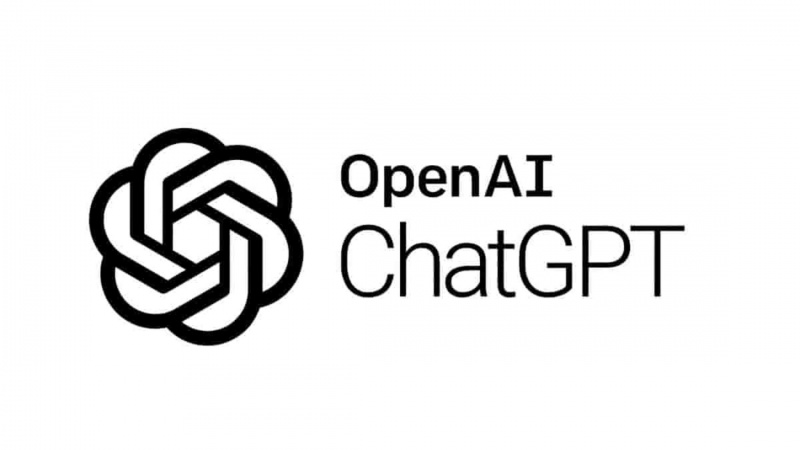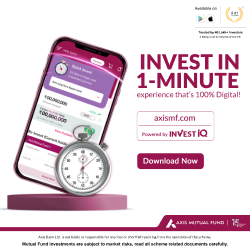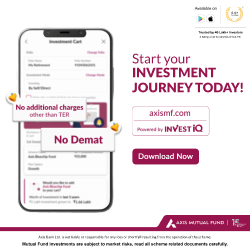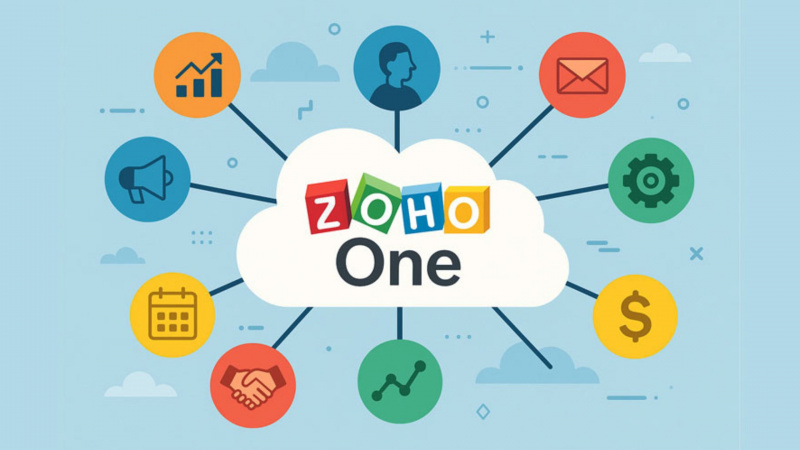Delhivery Success Story: From Startup to Logistics Giant
- by Shan 2025-06-09 07:21:37
Delhivery's journey from a small startup in Gurgaon to one of India’s top logistics companies is nothing short of inspiring. Built by a team of first-time founders, Delhivery has grown into a logistics powerhouse with a strong pan-India presence, delivering millions of parcels daily. This story isn’t just about growth—it's about solving real-world problems in an industry that was ripe for change. This blog will unpack how Delhivery scaled its operations, the strategic moves it made, key challenges it tackled, and what businesses can learn from its growth.
The Beginning of Delhivery
Delhivery started in May 2011 when five friends saw an opportunity during a casual conversation with a restaurant owner. What began as a hyperlocal delivery service soon expanded into a full-stack logistics solution provider.
Founding Team:
Sahil Barua - CEO
Kapil Bharati - CTO
Suraj Saharan, Mohit Tandon, Bhavesh Manglani - Co-founders
Initial Offering:
Local food delivery in Gurgaon
Key Insight:
Delhivery identified a gap in reliable logistics support for the rising e-commerce wave. The timing was perfect.
Business Model: Solving for Scale
Delhivery’s model is built around reliability, speed, and tech integration. Here’s how it structured its services:
Three Core Segments:
| Segment |
Description |
| Warehousing |
40+ cities, flexible storage solutions, real-time tracking |
| Transportation |
19,000+ pin codes, 2,300+ cities, thousands of trucks |
| E-commerce Services |
Integrations with Shopify, Magento, WooCommerce |
Revenue Streams:
B2C parcel delivery (e-commerce)
B2B supply chain services
Cross-border shipping
Reverse logistics
On-demand warehousing
Takeaway: Delhivery didn’t just move packages—they built infrastructure, software, and networks to make logistics smoother for businesses.
Tech and Data-Driven Growth
One of the strongest levers for Delhivery’s growth has been its focus on tech. From automated sorting centers to AI-driven route optimization, data science is baked into their operations.
Tools and Capabilities:
Proprietary Logistics OS: Manages real-time tracking, routing, and delivery status
Data Science Team: Led by former Facebook data scientist Santanu Bhattacharya
Automated Sort Centers: 29+ centers for fast parcel processing
Actionable Tip: If you're scaling a physical operation, invest early in tech that improves speed and reduces error rates. Tech isn’t just a backend cost—it’s a growth engine.
Funding Journey: Building with Investor Confidence
Delhivery's fundraising success reflects investor confidence in their business model and market approach.
Funding Milestones:
B2C parcel delivery (e-commerce)
B2B supply chain services
Cross-border shipping
Reverse logistics
On-demand warehousing
Proprietary Logistics OS: Manages real-time tracking, routing, and delivery status
Data Science Team: Led by former Facebook data scientist Santanu Bhattacharya
Automated Sort Centers: 29+ centers for fast parcel processing
| Year |
Round |
Amount |
Key Investors |
| 2019 |
Series F |
$413M |
SoftBank Vision Fund, Carlyle Group, Fosun Int'l |
| 2022 |
IPO |
~$675M |
Public Market Listing |
Valuation Timeline:
2019: $1.5B (Unicorn status)
2022: $4.77B
Investor Strategy Tip: Delhivery didn't chase funding at every stage. It timed its rounds to match key growth phases, ensuring it could deliver results before scaling further.
Delhivery by the Numbers (2024)
Here are some figures that show just how far the company has come
| Metric |
Value |
| Parcels Delivered |
2.8 Billion |
| Pin Codes Covered |
18,700+ |
| Square Feet of Logistics Space |
18 Million+ |
| Businesses Served |
26,500+ |
| Warehouses |
85+ |
| Trucks |
5,000+ |
| Drivers |
7,000+ |
| Employees |
66,000+ |
Key Learning: Delhivery scaled not just operations, but also team and trust. Hiring at pace and maintaining a strong culture was central to growth.
Read also: Zerodha Success Story: How Two Brothers Built India’s Leading Discount Broker
Competitive Landscape
While India has several logistics companies, few match Delhivery's integration of warehousing, tech, and transportation.
Top Competitors:
Ecom Express
Blue Dart
XpressBees
Shadowfax
Delhivery’s edge lies in its full-stack logistics platform and its early bet on e-commerce fulfillment.
Pro Tip: Instead of trying to be the cheapest, Delhivery focused on offering a complete, reliable solution. That’s what differentiated them.
IPO and Public Growth
Delhivery went public in May 2022. The stock opened strong, hitting highs of INR 683.35 in July. While the share saw ups and downs, the IPO positioned Delhivery among the top logistics players globally.
Market Cap: Crossed INR 50,000 Cr by mid-2022
Listed On: BSE and NSE
Lessons for Founders:
A strong business model drives investor interest
Brand trust and scalability are key to a successful IPO
Leadership and Culture
Sahil Barua's leadership style is hands-on and employee-focused. Every team member is encouraged to work in the trenches. This culture has built a team of 66,000+ strong.
Leadership Additions (2025):
Namita Thapar, Emcure Pharma
Sameer Mehta, boAt
Vani Venkatesh, ex-Airtel, joins as CBO
Culture Tip: Delhivery’s flat hierarchy and open-door approach encouraged innovation from every level. Employees felt valued and invested.
Future Plans
Delhivery aims to build massive trucking terminals across metro cities and expand globally. AI and automation will play a bigger role in how parcels move and how decisions are made.
What’s Next:
International expansion
Deeper tech integration
Larger, automated sorting centers
Forecast: With India's logistics sector set to hit $215B by 2026, Delhivery is well-positioned to lead the change.
Final Takeaways
Find your niche: Delhivery succeeded by focusing on e-commerce fulfillment when others didn’t.
Use tech as a multiplier: From day one, they treated logistics as a data problem.
Build with the future in mind: Every warehouse, hire, and tech investment was part of a larger plan.
FAQs
Q1. How did Delhivery become successful?
A: Delhivery became successful by identifying a gap in reliable logistics for e-commerce, investing heavily in technology, and building an end-to-end logistics infrastructure. Its focus on speed, scalability, and data-driven operations gave it a competitive edge.
Q2. What is the business model of Delhivery?
A: Delhivery operates on a full-stack logistics model offering B2C parcel delivery, B2B supply chain solutions, warehousing, reverse logistics, and cross-border shipping. It earns revenue through integrated logistics services across India.
Q3. What makes Delhivery different from other logistics companies in India?
A: Delhivery stands out due to its tech-first approach, proprietary logistics software, automated sort centers, wide pin code reach, and seamless e-commerce integrations. Unlike traditional players, it offers a complete logistics ecosystem.
Q4. How many parcels does Delhivery deliver daily?
A: As of 2024, Delhivery delivers millions of parcels daily, with a cumulative delivery record of over 2.8 billion parcels and coverage across 18,700+ pin codes in India.
Q5. Is Delhivery a profitable company?
A: While Delhivery has seen rapid growth and strong revenue, profitability has fluctuated due to high investments in infrastructure and technology. Post-IPO, the company has been focusing on long-term sustainable profitability.
Q6. When did Delhivery go public and what was its IPO size?
A: Delhivery went public in May 2022 with an IPO size of around $675 million. It was listed on the NSE and BSE and quickly became one of India’s top logistics players by market cap.

POPULAR POSTS
Pine Labs IPO 2025: Listing Date, Grey Market Premium, and Expert Outlook
by Shan, 2025-11-05 09:57:07
India’s Largest Unicorn Startups in 2025: Rankings, Valuations, and Trends
by Shan, 2025-09-18 10:32:48
Swiggy Launches Toing App in Pune to Serve Affordable Food Delivery — What It Means for the Market
by Shan, 2025-09-16 12:29:08
Trending Startup Ideas for 2025: Where Innovation Meets Opportunity
by Shan, 2025-09-05 11:56:43
19 Best Business Ideas to Start in India 2025: From Low Investment to High Demand
by Shan, 2025-09-03 10:58:15
Razorpay Business Model Explained: How the Fintech Giant Makes Money in India
by Shan, 2025-08-05 12:10:28
How CRED Reimagined Credit Card Rewards into a Billion-Dollar Fintech Empire
by Shan, 2025-08-04 12:28:03
RECENTLY PUBLISHED

Loan EMIs to Drop as RBI Slashes Repo Rate - Full MPC December 2025 Highlights
- by Shan, 2025-12-05 11:49:44

The Agentic Revolution: Why Salesforce Is Betting Its Future on AI Agents
- by Shan, 2025-11-05 10:29:23

Top 10 Insurance Companies in India 2026: Life, Health, and General Insurance Leaders Explained
- by Shan, 2025-10-30 10:06:42

OpenAI Offers ChatGPT Go Free in India: What’s Behind This Big AI Giveaway?
- by Shan, 2025-10-28 12:19:11

Best Silver Investment Platforms for 2025: From CFDs to Digital Vaults Explained
- by Shan, 2025-10-23 12:22:46





 Subscribe now
Subscribe now 